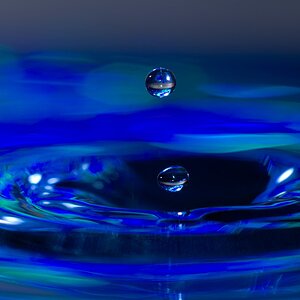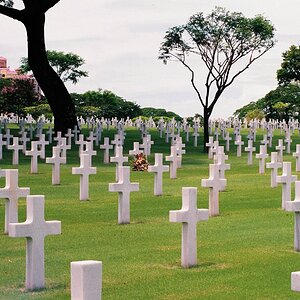amolitor
TPF Noob!
- Joined
- May 18, 2012
- Messages
- 6,320
- Reaction score
- 2,131
- Location
- Virginia
- Can others edit my Photos
- Photos OK to edit
If you're taking pictures of stuff that doesn't move around, you can use pretty much anything you like and hit it with the "Brenizer Method" which essentially uses your (small) sensor as a larger one through stitching.
Do It In Post!
Do It In Post!


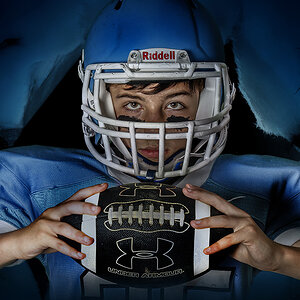
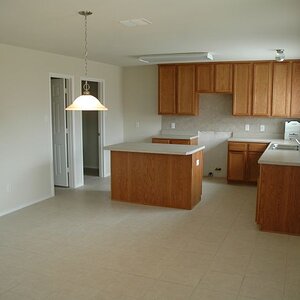
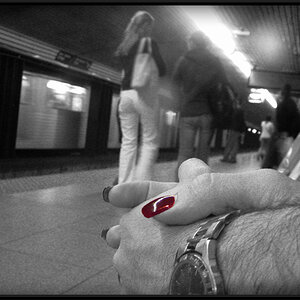
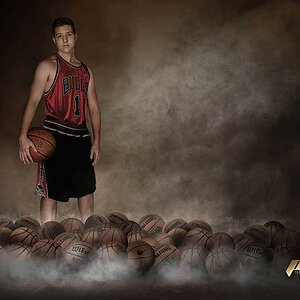
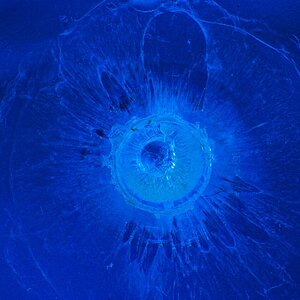

![[No title]](/data/xfmg/thumbnail/31/31743-3b294ee78fc71e7bfc025b01eafb0c2d.jpg?1619734986)

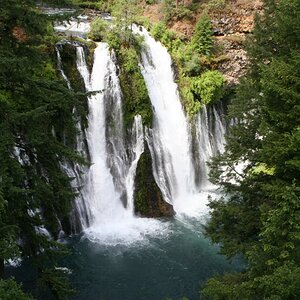
![[No title]](/data/xfmg/thumbnail/36/36099-feb952513e45dbf9f061ab28c1dc1121.jpg?1619737342)
